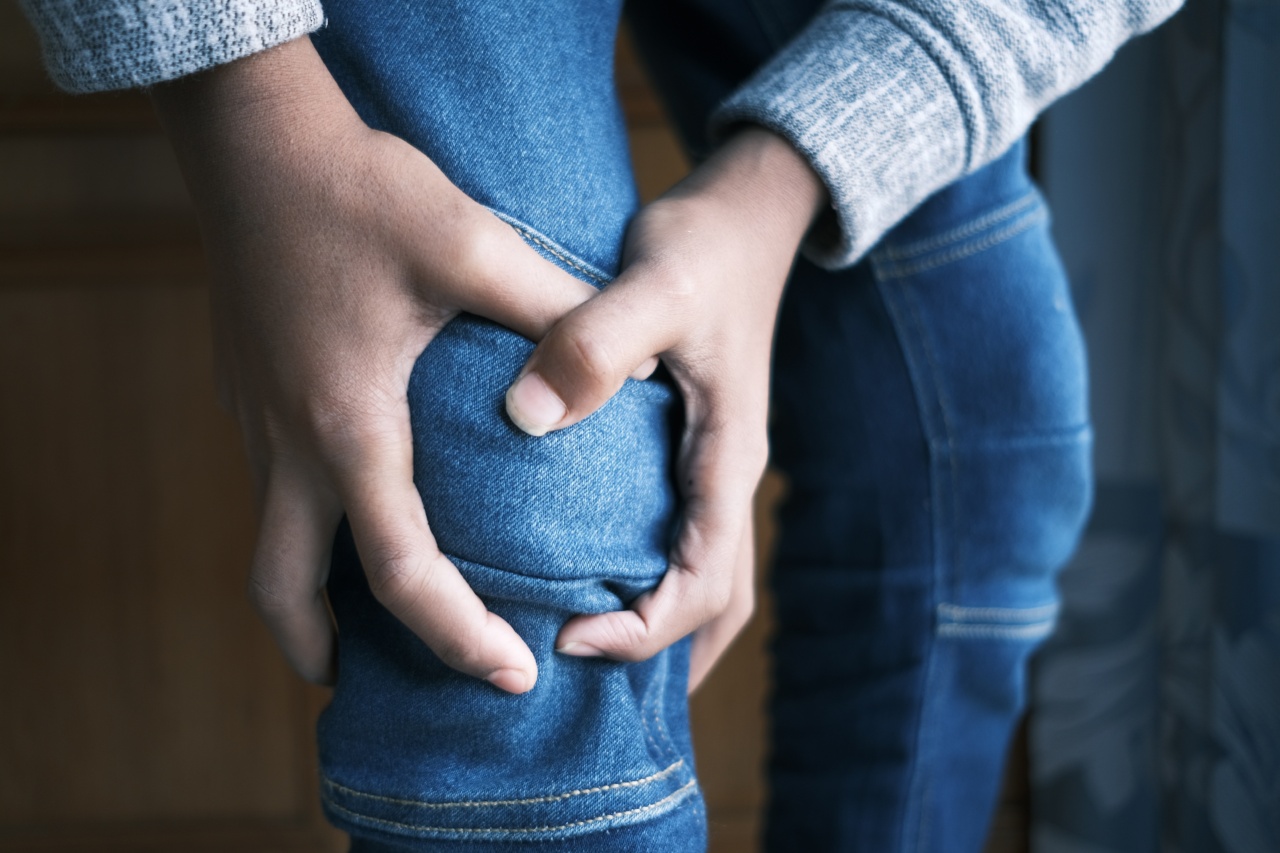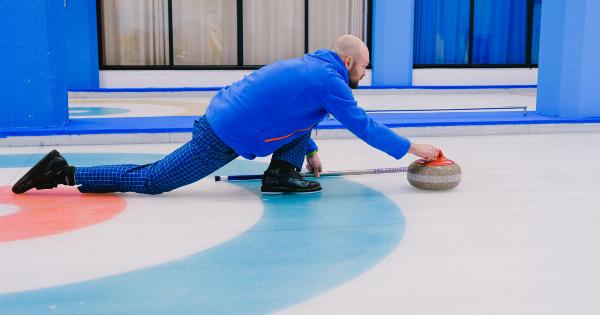Knee pain is a common issue that affects millions of people around the world. It can be caused by a variety of factors, from an injury or overuse to age-related wear and tear.
In some cases, knee pain can be severe enough to affect a person’s mobility and quality of life.
What Causes Knee Pain?
There are many possible causes of knee pain, including:.
1. Overuse or injury
Overuse or injury to the knee can cause pain and discomfort. This can happen to anyone, but particularly to athletes or anyone who engages in regular physical activity that involves the legs.
Injuries to the knee can include ligament tears, meniscus tears, or dislocation. These injuries can be very painful and may require medical treatment to heal properly.
2. Osteoarthritis
Osteoarthritis is a type of arthritis that affects the joints. It occurs when the protective cartilage in the joints begins to wear down, causing pain, swelling, and stiffness.
Osteoarthritis commonly affects the knee joint and can be a major cause of knee pain, particularly in older adults.
3. Rheumatoid arthritis
Rheumatoid arthritis is an autoimmune disease that can affect the joints, including the knee. This condition causes the body’s immune system to attack the joint tissue, causing inflammation, pain, and stiffness.
4. Gout
Gout is a type of arthritis that is caused by a buildup of uric acid crystals in the joint. This can cause severe pain and swelling in the knee, as well as redness and heat in the affected area.
5. Infection
An infection in the knee can cause pain and swelling. This can happen if bacteria or other microorganisms enter the joint and cause an infection.
Infections in the knee joint can be very serious and may require immediate medical attention to prevent further damage.
6. ACL tear
The ACL, or anterior cruciate ligament, is one of the major ligaments in the knee. It can be torn during physical activity, causing pain and instability.
7. Meniscus tear
The meniscus is a piece of cartilage that acts as a cushion between the bones of the knee joint. It can be torn during physical activity or as a result of a traumatic injury, causing pain and discomfort.
8. Patellofemoral pain syndrome
Patellofemoral pain syndrome is a condition that causes pain in the front of the knee, near the kneecap. It is often caused by overuse or injury and can be very painful.
9. Bursitis
Bursitis is a condition that causes inflammation of the bursae, small fluid-filled sacs that cushion the bones, tendons, and muscles near the joints. When the bursae become inflamed, it can cause pain and swelling in the knee.
10. Tendinitis
Tendinitis is a condition that causes inflammation of the tendons, the tough bands of tissue that connect muscles to bones. It can cause pain and discomfort in the knee, particularly during physical activity.
What Are the Risks of Knee Pain?
Knee pain can have a number of risks and complications, particularly if it is not treated properly. Here are some risks associated with knee pain:.
1. Immobility
If knee pain is severe enough, it can limit a person’s mobility and ability to perform daily activities. This can greatly affect a person’s quality of life.
2. Chronic pain
Knee pain that is not properly treated can turn into chronic pain, which can be very difficult to manage. Chronic pain can affect a person’s mental health, social life, and overall wellbeing.
3. Reduced range of motion
Knee pain can reduce a person’s range of motion in the affected joint, making it difficult to move the leg and perform tasks that require bending or stretching.
4. Muscle weakness
Severe knee pain can cause muscle weakness in the leg, making it difficult to perform physical activities or even walk without assistance.
5. Infection
If an infection is not properly treated, it can spread to other parts of the body and cause more serious complications.
How to Treat Knee Pain
The treatment for knee pain depends on its underlying cause. Here are some common treatments for knee pain:.
1. Rest and ice
Rest and ice can often help relieve mild knee pain caused by overuse or injury. Applying ice to the affected area for 15 to 20 minutes several times a day can help reduce swelling and inflammation.
2. Physical therapy
Physical therapy can help strengthen the muscles around the knee and improve flexibility and range of motion.
3. Medications
Over-the-counter pain relievers such as ibuprofen or acetaminophen can often help relieve mild knee pain. In some cases, prescription medications may be needed to treat more severe pain or inflammation.
4. Surgery
If knee pain is caused by a serious injury or condition, surgery may be required to repair or replace the affected joint or tissue.
Preventing Knee Pain
Here are some tips for preventing knee pain:.
1. Maintain a healthy weight
Excess weight can put extra pressure on the knee joint, causing pain and discomfort. Maintaining a healthy weight can help reduce the risk of knee pain and other joint problems.
2. Wear proper footwear
Wearing appropriate shoes for the activity can help reduce the risk of knee injury and pain. Shoes should offer good support and cushioning.
3. Warm up and stretch
Before engaging in physical activity, it is important to warm up and stretch the muscles to reduce the risk of injury.
4. Engage in low-impact activities
Activities such as swimming or cycling can help build strength and endurance without putting too much pressure on the knee joint.
Conclusion
Knee pain can be caused by a variety of factors, from injury or overuse to age-related wear and tear. It is important to seek medical attention if knee pain is severe or persistent.
By identifying the underlying cause of knee pain and taking steps to prevent further damage, it is possible to reduce the risk of complications and maintain a healthy, active lifestyle.























